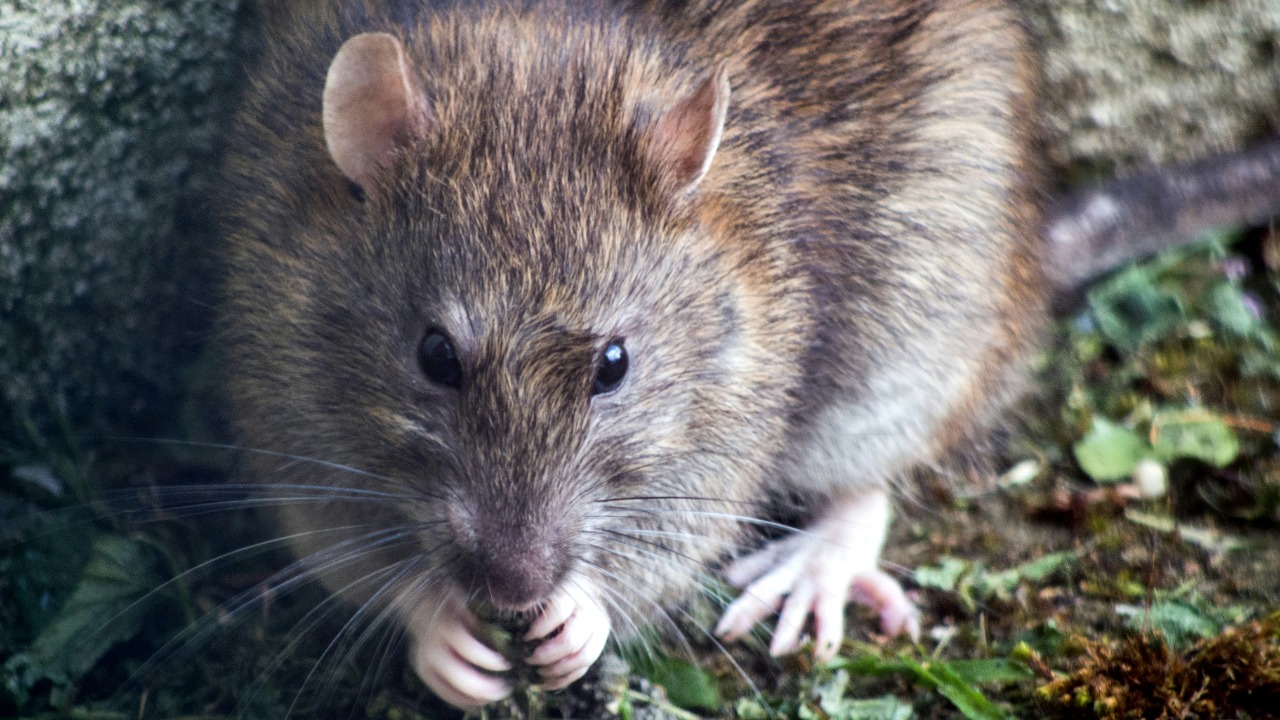
A giant rat species, long considered lost to science, has been rediscovered alive in the remote Papua mountains after a 30-year absence. This remarkable find underscores the potential for hidden biodiversity in isolated regions. The discovery echoes a similar event when a rare tree kangaroo reemerged after being unseen for 90 years, highlighting the mysteries that still lie within Earth’s unexplored terrains.
Background on the Giant Rat
The giant rat, initially documented decades ago, was presumed extinct due to a lack of sightings and habitat encroachment. Its classification as “lost” stemmed from the absence of any confirmed observations over the past 30 years. Historically, this rodent was known for its substantial size and unique ecological role, contributing to the forest ecosystem by dispersing seeds and maintaining the balance of its habitat. The rediscovery of this species in the Papua mountains offers a glimpse into its enduring resilience and adaptability. For more details on this significant find, you can read the full report here.
Details of the Rediscovery
The giant rat was spotted in a secluded area of the Papua mountains, a region characterized by its challenging terrain and limited accessibility. This location, with its dense forests and rugged landscapes, likely contributed to the species’ prolonged absence from scientific records. The rediscovery, announced on October 24, 2025, marks exactly 30 years since the last documented sighting, offering hope that other “lost” species might still exist in similar environments. The announcement of this find can be further explored here.
Habitat Challenges in Papua
The Papua mountains present a formidable environment, with their steep slopes and dense vegetation creating natural barriers that protect elusive species like the giant rat. These conditions, while challenging for researchers, provide a sanctuary for wildlife, allowing species to thrive away from human interference. The region’s unique climate and geography support a diverse array of flora and fauna, making it a critical area for biodiversity conservation. Understanding these habitat challenges is crucial for developing strategies to protect such species and their ecosystems.
Similar Rediscoveries in Wildlife
The rediscovery of the giant rat is reminiscent of the rare tree kangaroo’s reappearance after a 90-year absence. This marsupial, once thought extinct, was found in the dense forests of New Guinea, demonstrating the resilience of species in remote habitats. The 90-year gap in sightings of the tree kangaroo compared to the 30-year absence of the giant rat highlights the unpredictable nature of wildlife rediscoveries. These cases emphasize the importance of continued exploration and conservation efforts in preserving Earth’s biodiversity. More on the tree kangaroo’s story can be found here.
Implications for Conservation
The survival of the giant rat after three decades underscores the critical need for conservation initiatives focused on Papua’s biodiversity hotspots. This rediscovery, alongside the tree kangaroo’s return, serves as a powerful reminder of the potential for uncovering other “lost” species in remote areas. These findings highlight the urgent need to address threats such as habitat destruction and climate change, which endanger these fragile ecosystems. By prioritizing conservation efforts, we can protect these unique species and ensure their continued existence for future generations.
More from MorningOverview